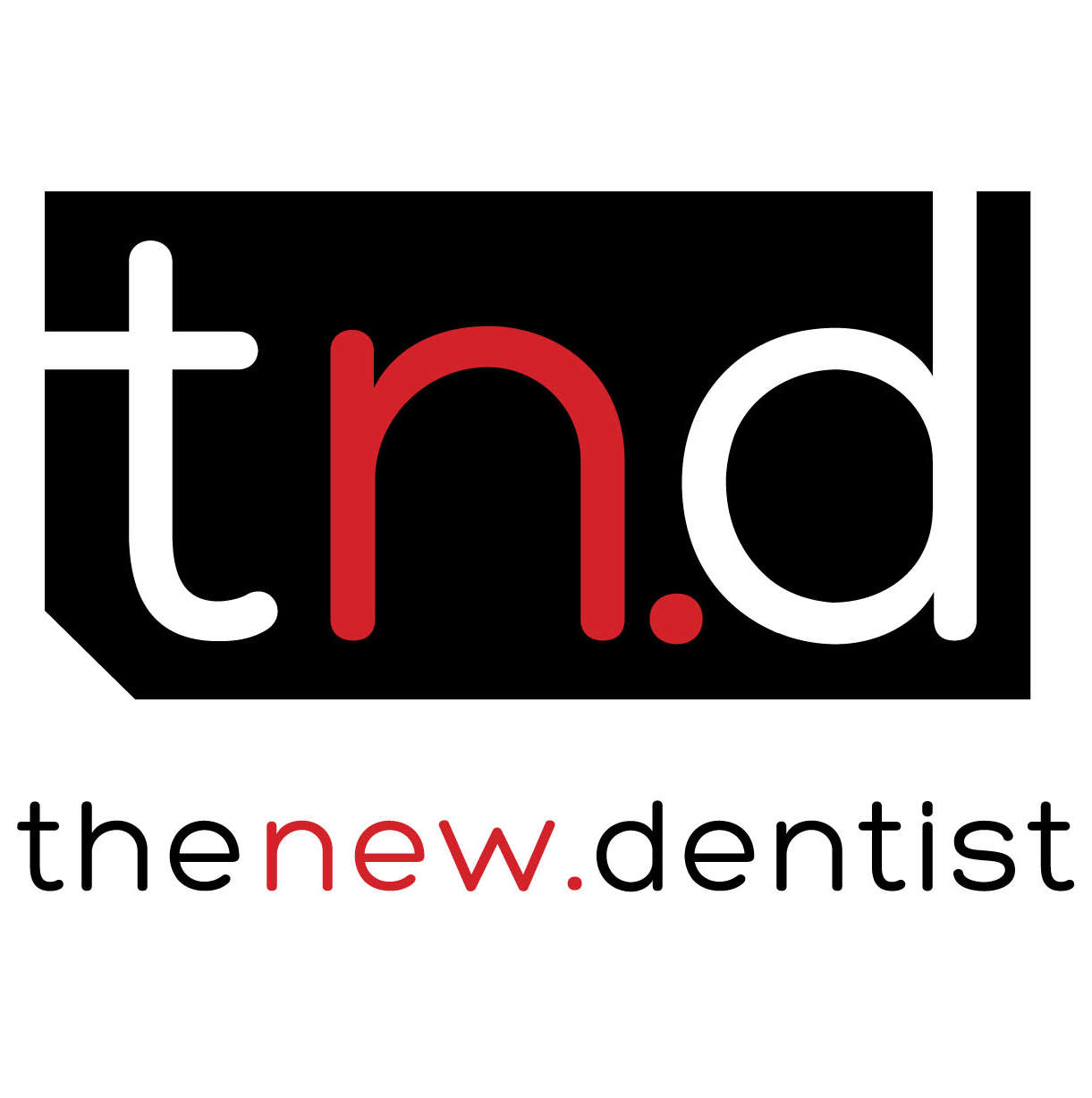P.A.I.N.: A Framework For Understanding Patients Amid Economic Pressures
- The New Dentist

- May 20
- 3 min read
Updated: May 21
In the current economic climate, dental practice owners are being asked to make increasingly complex financial decisions with comparatively limited data. One of the concepts developed by Bottom Line Business Planning (BLBP) to help navigate this uncertainty is “P.A.I.N.” – an acronym for Patient Activity Income Narrative. This framework ties patient behavior directly to broader economic conditions, offering a lens through which dental practices can interpret fluctuating patient volumes. By understanding how economic pressures shape the way patients make dental care decisions, practice owners can more accurately model demand, adjust strategy, and protect their bottom line.
Understanding Patient Activity: The Heart of the P.A.I.N. Framework
At the core of P.A.I.N. is the recognition that patient activity – how often individuals schedule appointments, follow through with treatment plans, show up for cleanings – is not purely a reflection of daily practice activity or seasonality. Patient activity is swayed by economic forces that are beyond the control of the practice or practice owners. When patients perceive instability in their income or feel uncertain about the financial future of their family, elective and preventative healthcare are often the first areas to be reconsidered. This narrative unfolds across a spectrum: from patients delaying basic cleanings to declining long-term treatments due to cost concerns or even choosing to endure oral health discomfort rather than face financial hardship. Dental health becomes a “wait and see” decision, triggering negative implications for practice revenue.
How BLBP Developed the P.A.I.N. Model
BLBP began developing the P.A.I.N. model during an economic downturn while analyzing patient behavior across practices experiencing decreased patient volumes. It was clear that patient decisions were more than just reactions to pricing—they were reflections of deeper narratives about income, job security, and personal risk. By recognizing this, BLBP helped clients move from a reactive to a proactive strategy. One approach included creating flexible treatment plans that prioritized essential care while acknowledging financial limitations, as well as introducing phased payment models that aligned better with patient cash flow during uncertain times. This strategy didn’t just preserve revenue, it helped maintain patient trust and continuity of care.
Pain or P.A.I.N.: Which Drives Patient Decision-Making?
Experiencing physical pain is an obvious reason to seek out dental help, but is it enough of a motivation to overcome an individual’s financial concerns? According to a study published in the National Institutes of Health's PubMed Central, 28% of participants sought urgent dental care due to pain, highlighting the significant role that pain plays in prompting individuals to address dental issues quickly. However, a 2022 report from the CareQuest Institute revealed nearly one-quarter of adults with an oral health problem did not seek care due to cost concerns. This underscores the complex interplay between physical discomfort and economic factors in dental care decision-making.
Therefore, the question becomes which pain is a greater motivator for a patient: physical pain or financial pain?
If we were to chart physical versus financial pain, what would the patient’s pain tolerance range be? To understand how a patient’s placement within that range at any given point determines their dental health choices, we study the activity of a patient in relation to his or her income and the economic forces driving narratives that influence a patient’s decision-making process.
P.A.I.N. as a Decision-Making Tool for Practices
Ultimately, P.A.I.N. is more than just a diagnostic tool for clinicians: it’s a lens for decision-making in your practice. By acknowledging that every no-show or declined treatment could be rooted in a broader economic story, practice owners can approach operations with awareness and empathy. BLBP’s work in this area emphasizes that practice success isn’t just about efficiency and quality but also about offering pricing models that acknowledge where patients are, not just where dentists want them to be. In uncertain times, those who adapt to the “patient activity income narrative” stand the best chance of weathering the storm and emerging stronger on the other side.
Bottom Line Business Planning provides health care clinicians and entrepreneurs tools to enable them to be more successful business owners. Through analysis of financial and operational data, as well as strategic planning sessions with the principal, BLBP empowers entrepreneurs to make decisions based on what is best for both the top line growth and the asset value of their business. The company is the North American licensee of a uniquely successful dental practice profit management company based in the United Kingdom, with nearly two decades of experience and hundreds of clients successfully counseled.Bottom Line Business Planning uses proprietary profitability forecasting models designed for specific areas of dentistry. It is widely acknowledged to utilize the most granular analytical tools available to assist practice owners as they address day-to-day management issues.BLBP’s objective is to shape the growth trajectory—whether to enhance EBITDA or to prepare for an exit strategy—for solo practice owners and multi-practice owners alike.
Interested in learning more? Email: info@bottomlinebusinessplanning.com






Comments